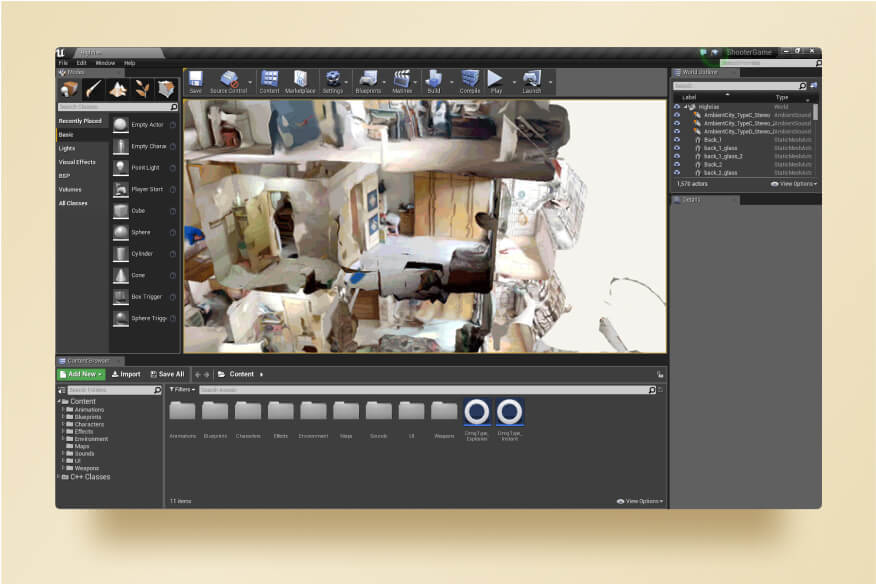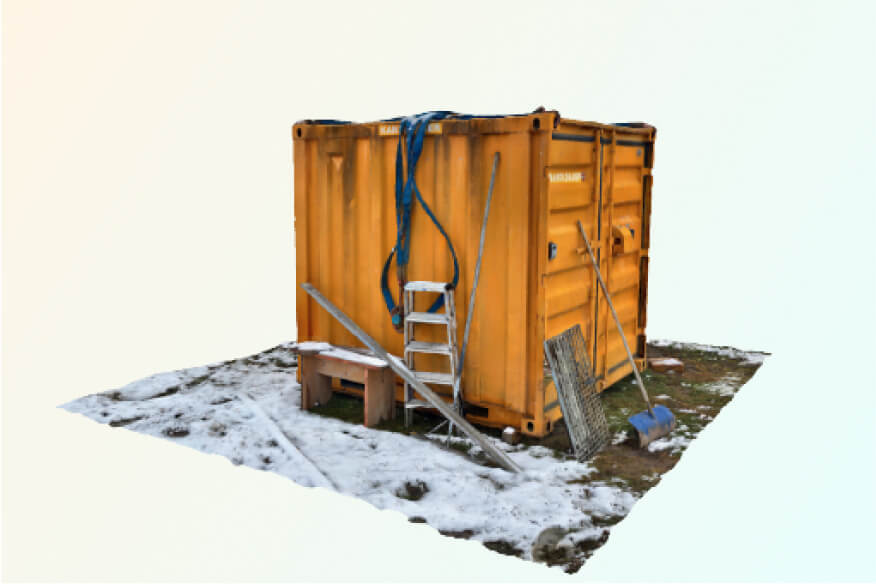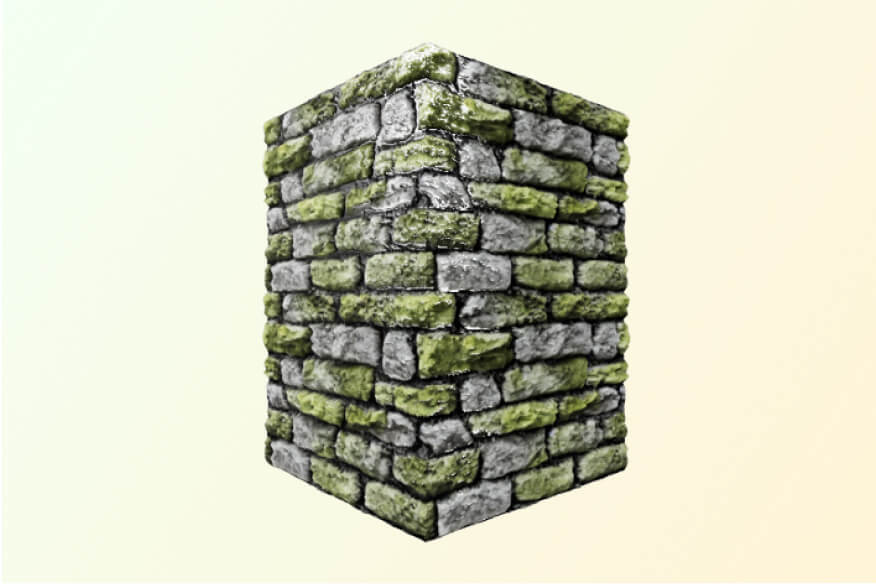
3D Gaussian Splatting
Create & view splats for free
Gaussian splatting is an exciting new rendering technique that excels at creating lifelike, natural-looking 3D scenes and subjects - think of a 3D photograph. Learn more about splatting and try it out for yourself!
Gaussian splatting can effectively render shiny, reflective objects as well as long and thin details. Splatting also excels at capturing large, expansive spaces without sacrificing smaller details.
With Polycam, you can enjoy additional features including:
Fully featured suite of splat editing tools
Rotate, pan, and zoom in on finer details
Use your own photos or videos
Downloadable mesh for any Gaussian splat
Frequently Asked Questions
Jump to:
What is 3D Gaussian Splatting?
Gaussian splatting is a rasterization technique used for 3D reconstruction and rendering. In essence, it is a method to create photorealistic scenes from a sampling of images.
A recent breakthrough paper by researchers at Inria (Université Côte d'Azur) and the Max Planck Institute outlines a process to generate the data needed for 3D Gaussian Splatting from a set of images.
What this means for end users is that it can output high-quality renders of subjects or spaces that cannot otherwise be rendered as faithfully via other methods.
How do I create a Gaussian Splat?
You can create a Gaussian Splatting reconstruction right on this page! Tap the 'Create' button above, and follow the prompts to set up an account/profile.
Your image set should be between 20 and 200 images in either PNG or JPG format, and your video field should be in the mp4 format. In general, using more images will result in a higher-quality scene. The more images from various angles and viewpoints, the better the output tends to be. Polycam Pro users will be able to use up to 2000 images to create a splat.
For the best results, your image set should follow general photogrammetry best practices. When it comes to Gaussian Splatting, it's important that your images or video have minimal motion blur or shallow depth of field (bokeh) effects. When there's shallow depth of field, motion blur, or other sub-optimal effects, artifacts known as “floaters” can be generated and reduce the quality of the splat.
While Polycam's processing will work to minimize the presence of floaters, taking uniformly crisp, well-lit images covering all angles of the subject or scene will produce the highest-quality reconstructions.
Drone images or videos of subjects or scenery tend to work great! For those with drones from DJI, try using the “Point of Interest” feature that makes the drone orbit the subject from a certain radius distance. Doing this with multiple passes from different distances should make for excellent image sets or videos for creating splats!
Can I import splats into other software?
Since Gaussian Splatting is relatively new, support for using it within other 3D software is a work in progress. Plugins for splats already exist for Unity, Unreal, and others with more are being released every week.
Compared to other radiance-field-based techniques such as NeRFs, Gaussian Splats have a much easier pathway to being integrated into existing renderers. We'll post updates as they occur.
Note: if you have requests about specific export formats, please hop into our Discord server and let us know! We‘re interested in any emerging standard format for Gaussian Splatting files.
Can I use my old Polycam captures?
Yes! If you still have the raw data from an older Polycam capture, you can export the raw images from the Polycam app and upload them here.
If you are on an iPhone device, duplicate the old scan on your iPhone and the select “Reprocess” using Gaussian Splat.
Otherwise, in the “Export” view for an individual capture, scroll down to “raw images” and select it. This will generate a ZIP file, which you can send to your computer. Unpack the ZIP and upload the images here to generate a new Gaussian Splat.
How do I report bugs/issues?
Please hop into our Discord server, and share your experience with the tool! Also, please note that this is still an experimental tool! Please be patient as we iron out any kinks.
Also please tag us on the site formerly known as Twitter - @Polycam3D - if you end up posting your results there.
Performance notes
Native mobile support in the Polycam app is coming soon. For now, we recommend using a desktop browser to view our splat renderer. Chrome seems to perform a bit better than Firefox/Safari.
Learn more about Gaussian Splatting
How does 3D Gaussian Splatting work?
Gaussian Splatting represents a 3D scene as millions of particles, or 3D gaussians, each of which are shaped like an ellipsoid (a 3D ellipse), with decreasing opacity as the distance from the center of each 3D gaussian increases.
Each 3D gaussian has its own unique parameters such as 3D position, orientation, 3D scale, opacity, and view-dependent color. To render these particles efficiently, they are converted into 2D space (“splatted”), and then organized/sorted for performant rendering.
In order to generate a scene, a rendered image is compared to the ground truth image from the same camera pose (rotation & position of the camera), and the error between these images is back-propagated through the model to update the parameters associated with each 3D gaussian, along with the camera poses.
By iterating thousands of times through the ground truth images provided by the user, the scene is gradually fine tuned to match the ground truth input images. This is similar to the way AI trains a model - rendering is then the forward pass.
In this way, the scene not only looks photorealistic from the provided poses, but also from other novel poses, because the 3D geometry has been captured by the 3D gaussians through this per-scene training process.
How do Gaussian Splats differ from NeRFs?
NeRFs, or Neural Radiance Fields are another 3D reconstruction technique that differs from Gaussian Splatting in several ways that result in significant usage implications. Since NeRFs rely on the resulting neural network being queried numerous times to render each viewpoint of the scene, it is more difficult to gradually stream in smaller chunks of the scene in the way that Gaussian Splatting can.
Thus for the end user, Gaussian Splats can be rendered in real-time on the user's device as the technique does not require the querying of neural networks but instead uses physical geometric entities (3D Gaussians) that enable this faster rendering time.
Additionally, since Gaussian Splats are newer than NeRFs, there's greater potential for this technique to be improved even further. We're excited to be part of this new frontier!
How is Gaussian Splatting different from traditional Photogrammetry?
Gaussian splatting generally requires more compute resources than traditional photogrammetry because splatting involves training a model (millions of 3D gaussians) over thousands of iterations per scene.
Traditional photogrammetry methods are carefully crafted by the algorithm designer in a step by step task-oriented approach that does not require the numerous iterations that splatting does, other than the Structure From Motion (SFM) portion.
SFM involves finding the camera poses and some 3D points on the object, and can require a notable amount of compute power. SFM is the first step in both splatting and traditional photogrammetry methods.
All of this means that splatting is generally better at recreating scenes containing thin geometry, reflective surfaces, and other traditionally difficult subjects. Try it out for yourself!

Senior Software Engineer, Computer Vision
Marc Deetjen received his PhD in Mechanical Engineering at Stanford in 2019 while studying bird flight using Computer Vision (CV) techniques, and has since applied CV to self driving cars, and at Polycam, where he has worked on automated floorplans, 360 capture, and Gaussian Splatting, among other projects.







